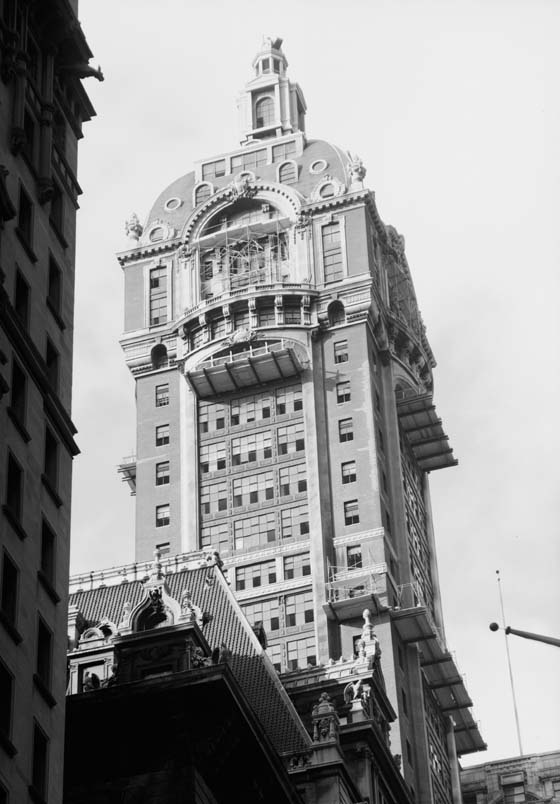
All beats can be divided into smaller note values. A time signature will tell you how the beats are grouped while the tempo will tell you how long each beat is. The beat is affected by the time signature and tempo. A beat is the regular pulse in a piece of music. Time SignaturesĪ time signature specifies how many beats are in a measure and which note value gets the beat. For example, a half note can be described as half the value of a whole note, but unless there is a time signature and tempo, it is impossible to say exactly how long the half note lasts. None of these notes or rests have a specific value except in the context of these things, with the exception of the relative value between notes and rests of various lengths. The exact value of a note or rest is determined by the time signature and tempo (explained below). The chart below shows the rests that correspond to each note value described above.

Each note value has a rest of equivalent value. The chart below shows the relative value of all of the notes mentioned above: RestsĪ rest indicates that nothing is to be played for the duration of the rest. Thirty-second notes are one-thirty-second the value of a whole note. Sixteenth NotesĪ sixteenth note is one-sixteenth of a whole note. Two notes together in the same beat will usually be beamed, while notes on different beats may use flags. Whether a beam or flag is used depends on the context. They are indicated with a filled-in notehead with a stem and a single beam or flag.

Quarter notes are one-fourth the value of a whole note and are indicated with a filled-in notehead with a stem: Eighth NotesĪn eighth note is one-eighth the value of a whole note. It is indicated with an empty notehead with a stem: Quarter Notes The next largest note value is a half note, which is half the value of a whole note. Other note values are a fraction of the whole note. The largest note value used in music is generally the whole note, which is a notehead by itself that isn't filled in: The value of a note is determined by the type of notehead used, the presence or absence of a stem, and the number of beams or stems. like the beam, they are only used on notes that are an eighth note or less. Beams are used on notes that are an eighth note or smaller. Beam - straight horizontal line that connects the stems of two or more notes of the same value. Note values smaller than a whole note will have a stem. Stem - straight line extending up or down from note head. Note head - required - oval shaped object that can be filled in or empty in the middle depending on the value of the note. Rhythms are indicated with notes that specify the rhythm to be played. The length (or value) of individual notes. Rhythm is the part of music that deals with time.


 0 kommentar(er)
0 kommentar(er)
